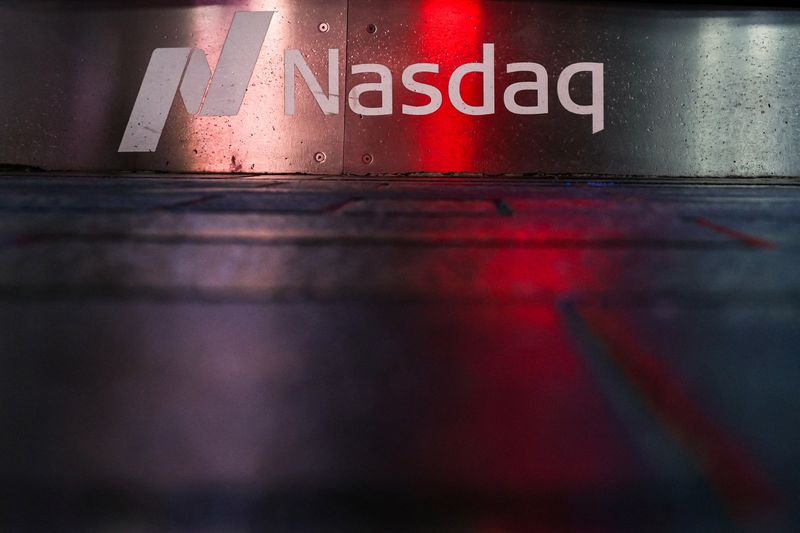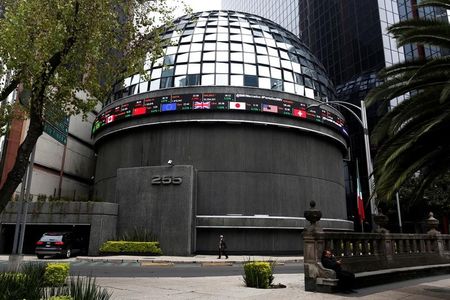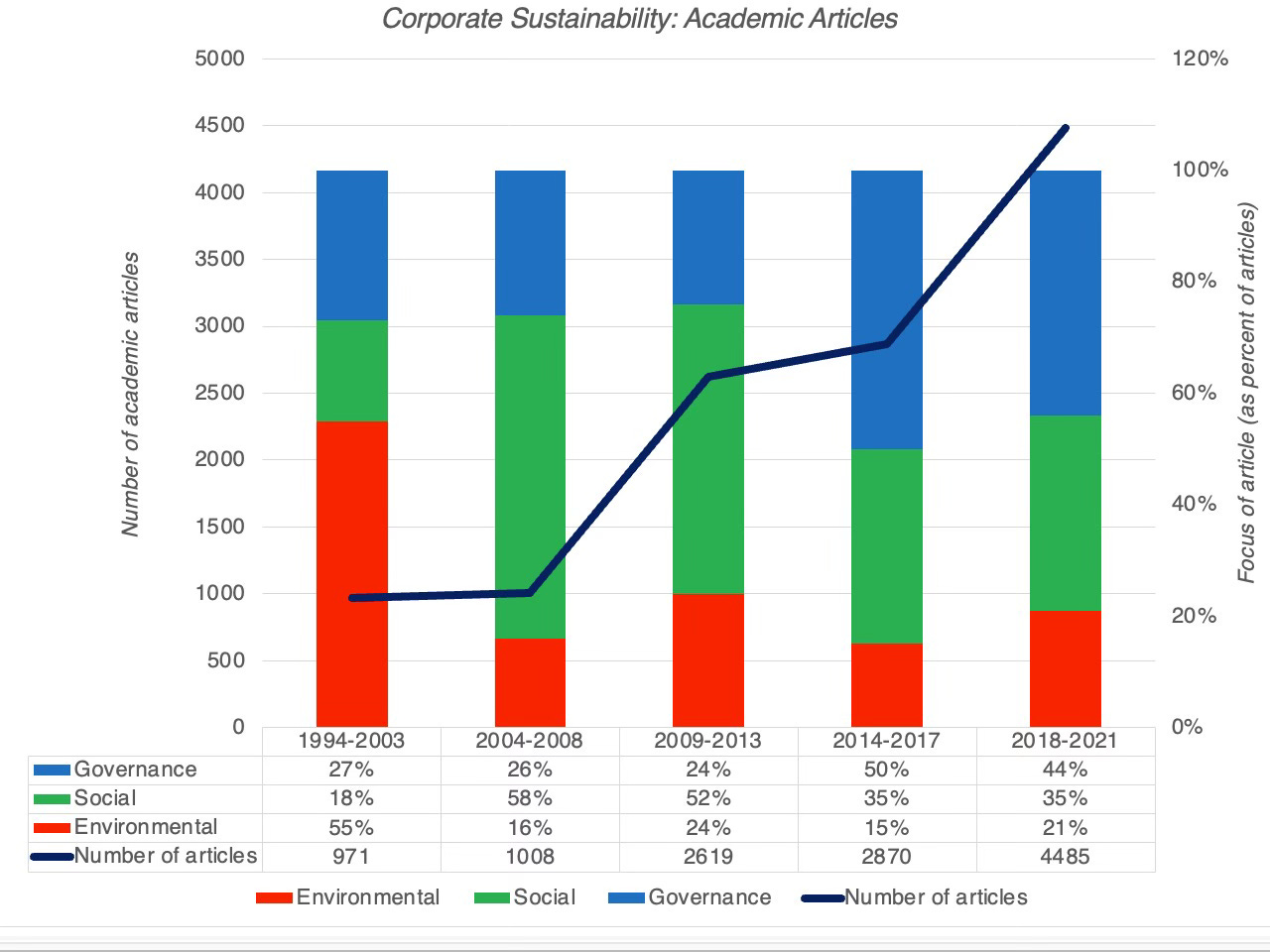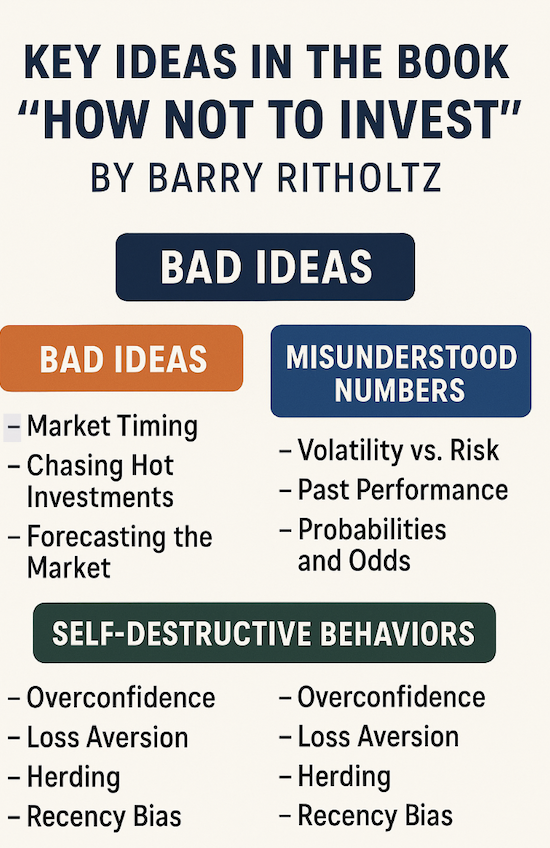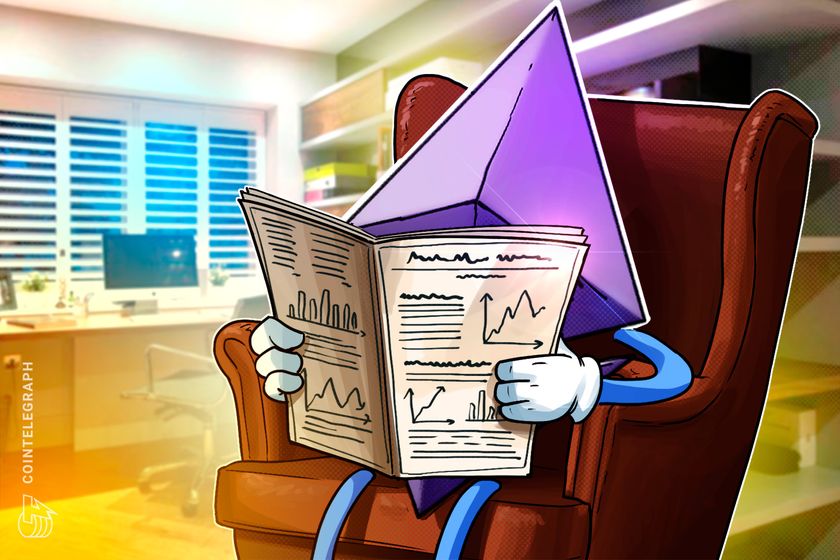1 No-Brainer Tech Stock Down 18% to Buy on the Dip in 2025
Needless to say, 2025 hasn't been the best year for most big tech stocks, with many of them down significantly through April 29. This can be attributed to a few things: inflated valuations (much of it coming from artificial intelligence hype), macroeconomic factors, and the newly announced tariffs from the Trump administration that could disrupt supply chains and increase prices.Shares of semiconductor giant Taiwan Semiconductor Manufacturing (NYSE: TSM) haven't been immune to the slump, either, down 18%. However, the positive news is that the stock's current price point is much more intriguing for investors interested in buying the dip.Initially, imports from Taiwan were slated to receive a 32% tariff. The percentage has since dropped to 10%, but in either case the chipmaker (TSMC for short) was in a good position because semiconductors were exempt from the new tariffs. That's music to TSMC's ears because semiconductors account for all of its revenue, and exports to North America (mostly the U.S.) account for 77% of its total revenue.Continue reading
Needless to say, 2025 hasn't been the best year for most big tech stocks, with many of them down significantly through April 29. This can be attributed to a few things: inflated valuations (much of it coming from artificial intelligence hype), macroeconomic factors, and the newly announced tariffs from the Trump administration that could disrupt supply chains and increase prices.
Shares of semiconductor giant Taiwan Semiconductor Manufacturing (NYSE: TSM) haven't been immune to the slump, either, down 18%. However, the positive news is that the stock's current price point is much more intriguing for investors interested in buying the dip.
Initially, imports from Taiwan were slated to receive a 32% tariff. The percentage has since dropped to 10%, but in either case the chipmaker (TSMC for short) was in a good position because semiconductors were exempt from the new tariffs. That's music to TSMC's ears because semiconductors account for all of its revenue, and exports to North America (mostly the U.S.) account for 77% of its total revenue.





